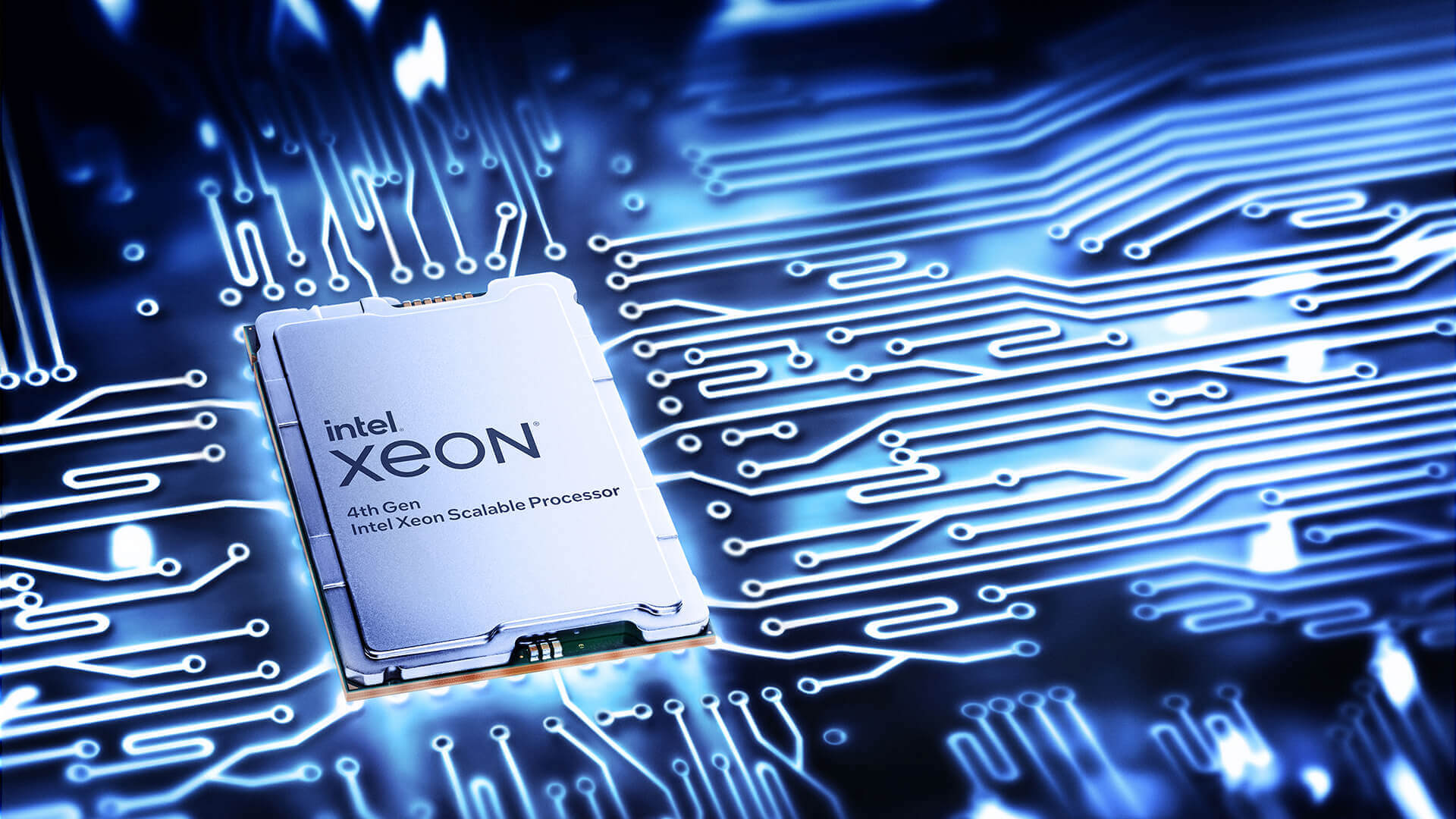
Broadcasters and journalists at the Olympic and Paralympic Games Paris 2024 will have access to new broadcasting technology that will make high-resolution video footage and photography much faster and easier to upload and distribute.
This upgrade comes after requests from Olympic organisers for improved, cost-effective broadcasting technology that can upload ultra-high definition video content with ultra low latency.
In response, Intel, Cisco and Orange, in partnership with the Olympic Broadcasting Services (OBS) and and the Paris 2024 Organising Committee, have developed an end-to-end solution consisting of wireless 5G broadcast and mobile cameras that are connected to a private 5G network.
Using a private 5G network, as opposed to a public network, allows special upload bandwidth and enables secure connectivity. It guarantees the instant transfer of high-resolution sports footage and photography from content capture devices to the International Broadcaster Centre (IBC) and Media Press Centre (MPC).
The new technology will be set up alongside existing, wired infrastructure at five Olympic venues as well as at the opening ceremony. The result is improved quality of output and a seamless working environment for the journalists and broadcasters.
Cédric Monnier, business development manager at Intel Olympic Team, said the collaboration between Intel and its Olympic partners not only sets a precedent for future Olympic events, but demonstrates the potential of private 5G networks for other industries as well.
There is huge potential to deploy a private 5G network across many industries to complement existing network capabilities but also to create new possibilities legacy infrastructure cannot do. There are many advantages (over Wi-Fi) such as security and coverage,” he said.
Enhanced mobility and energy efficiency

Another advantage is improved ease of use. Compared to traditional live-event broadcasts, the Intel-powered 5G broadcast solution is completely wireless which reduces ‘setup and teardown’ time. The entire mobile radio base station can be transported in a car, and can be installed and made operational within an hour.
This increased mobility provides the flexibility and capacity to capture live action footage from challenging outdoor sites. At the Olympic Games Paris 2024, it unlocks new possibilities for journalists and broadcasters to provide viewers with content from events that are difficult to access with wired cameras, such as sailing and other watersports.
When you consider the trucks, heavy cables and bulky power generators that are normally needed, the benefits of this new model are obvious. Cameras requiring extensive cabling have limited mobility,” Jari Pietila, solution lead at Intel said.
“Moreover, the power consumption of the private 5G network is significantly below 1kW, making it far more agile and energy efficient than previous networks,” he added.
No latency and faster speed
Receiving ultra high-quality video data simultaneously from many moving wireless cameras is only made possible by changing the telecommunications network's parameters to “upload centric” and that requires the use of private frequencies.
A public network is unreliable due to congestion from other users which can delay and interrupt the transmission. A private 5G network, however, has the capacity to receive and forward multiple, concurrent ultra high-definition videos in real-time.
It provides a maximum transmission latency of 60 - 80 milliseconds including for high-definition video encoding and decoding, a delay so short that it is indetectable to viewers. This near instant transmission of data allows the footage to be mixed seamlessly with content from wired capture devices.
“A private 5G network is almost like having a private highway,” said Pietila. “In the public 5G domain, congestion or delays can occur depending on how busy it is which makes the public domain unreliable.”
A private 5G network means we can design the highway as we want and ensure uploading speeds and consistency of performance can be maintained to deliver a reliable platform used only by Olympic Games official journalists and broadcasters.”

Private 5G networks in other industries
The simple low-cost setup and wireless features open up new possibilities beyond sporting events too. The private 5G network has enormous possibilities in fast digitising industries such as defence, manufacturing and transportation across environments including ports, airports, warehouses and factories.
To promote the ways in which private 5G networks can be used by future leaders, Cisco and Intel plan to establish several global private 5G innovation centres to act as test beds for government and business leaders across Europe.
“We have demonstrated that the 5G platform solution and architecture has the potential to reduce costs and complexity of live event video production while also improving flexibility and scalability, and this really opens up many pathways.”
As the provider of the central processing units for virtual RAN, video encoding and decoding and core network, artificial intelligence and security along with other critical functions, we’re excited to imagine the possibilities technology like this can provide for the future,” Pietila concluded.

